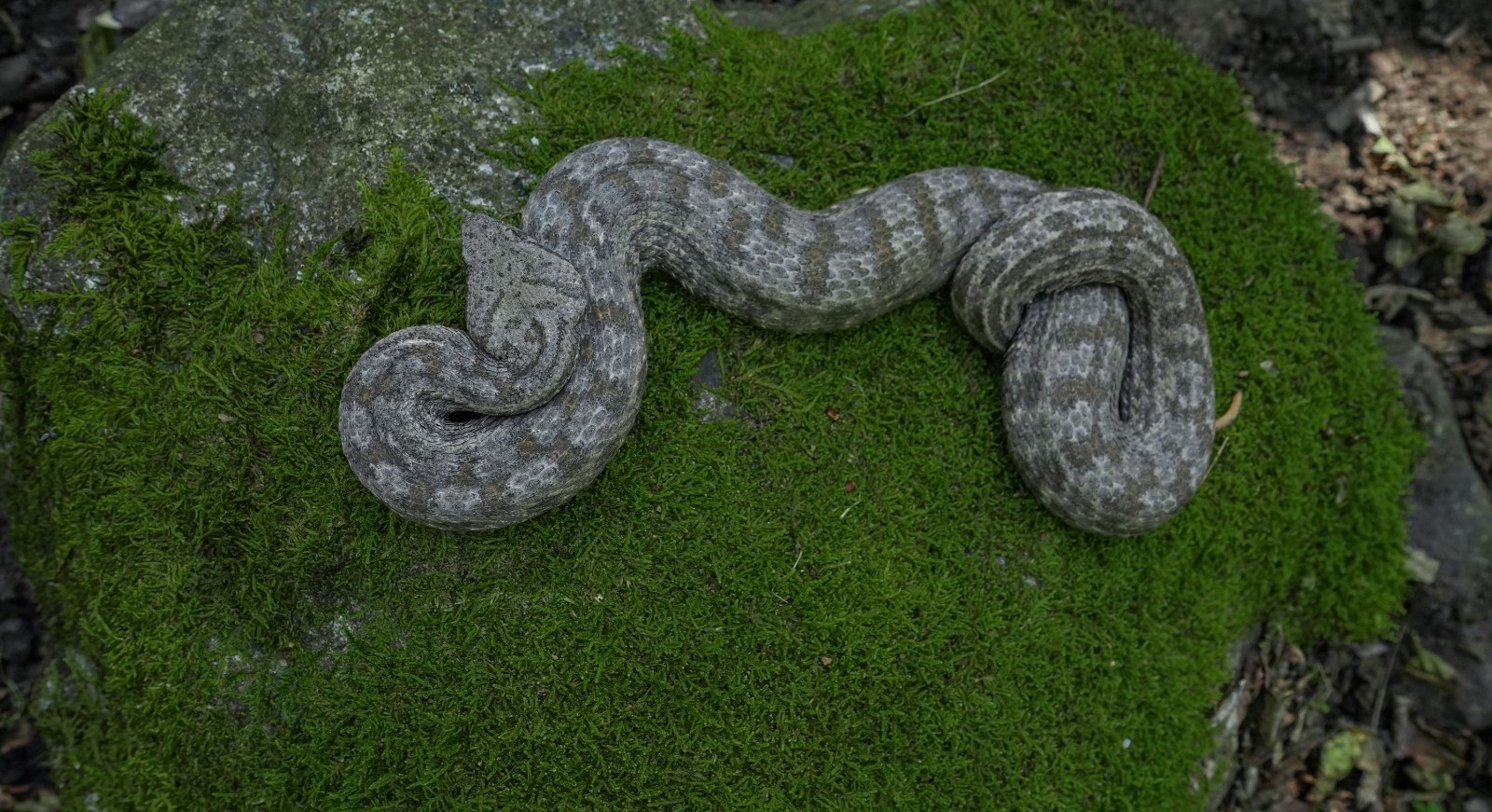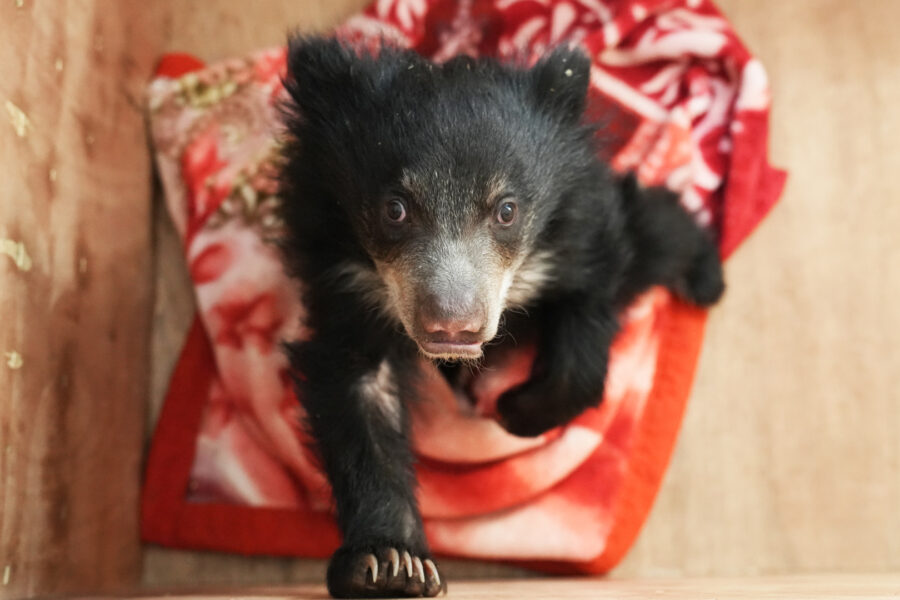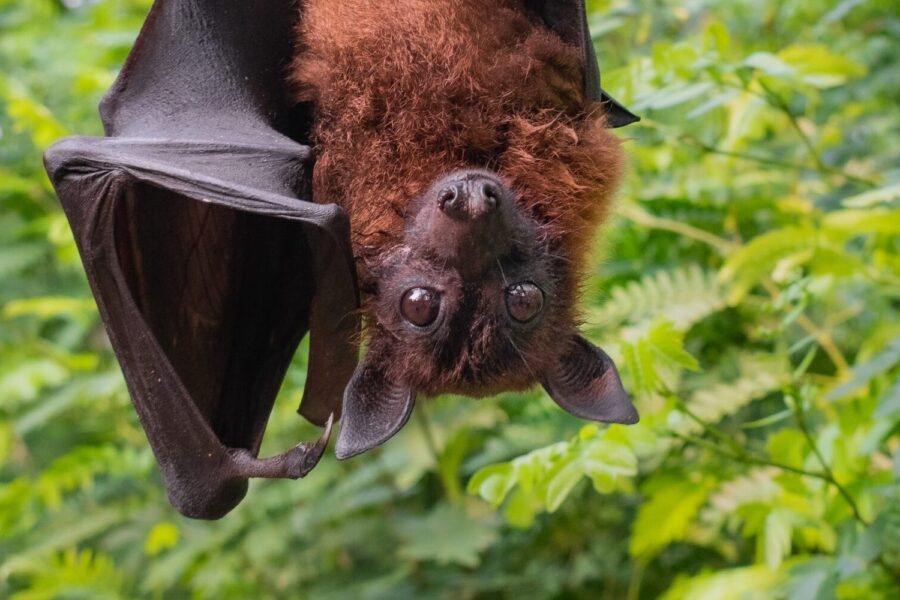Wildlife SOS introduces a new series “Things You Didn’t Know About” that explores fascinating and lesser-known facts about various species. Our writers will spotlight one inhabitant of the wild, unveiling its unique characteristics and roles in the ecosystem. In this feature, we bring forth facts on one of most understudied species of highly venomous snakes — Levantine vipers.
Levantine vipers are scientifically known as Macrovipera lebetina, and this intriguing snake is native to the Eastern Mediterranean region, North Africa, and Central Asia including Lebanon, Jordan, Turkey and India. Highly adaptable in nature, this reptile species has a wide variety of habitats. Levantine vipers can be found in semi-arid stony slopes, rocky ravines, dry foothills and mountain valleys. They can also inhabit deserts, temperate grasslands, savannas, and shrublands ecoregion. The reptile also has an affinity for water, and is regularly recorded for being close to small water bodies.
They’re Fang-tastic
Levantine viper is a source of interest for ophiologists (experts on snakes) worldwide, as the first thing that stands out about this snake is its status of being a highly venomous predator. Belonging to WHO’s Category II of venomous snakes, this viper is known for its ability to incapacitate its prey with its potent venom. Although swift to strike, the reptile often issues a warning hiss before attacking.
The viper’s venom is haemotoxic and cytotoxic, which means it is capable of destroying the victim’s red blood cells, and can disrupt their cardiovascular system while causing severe pain, swelling, and tissue damage at the bite site. The venom of this viper, packed with complex proteins and enzymes, disrupts blood clotting and causes significant tissue damage that immobilises the prey. Using its night vision to hunt small mammals, rats, birds, lizards, and other snakes, the Levantine viper usually preys upon murids. Despite its formidable predatory skills, the Levantine viper is not naturally aggressive and tends to avoid human encounters.
Master of Camouflage
The Levantine viper stands out for its significant size, reaching up to 5 feet in length. Its brownish-grey or yellowish-brown colouration, accented with dark blotches or saddles, allows it to blend seamlessly into its environment, enhancing its ability to hunt and avoid predators. Also known as the blunt-nosed viper due to its rounded and blunt snout, this viper’s head is typically a solid colour but can occasionally feature a dark V-shaped marking.
The upper side of the viper’s body can be in tones of grey, brown, beige, olive, khaki or even slightly pink. Large saddle spots or a continuous zigzag pattern can be seen in a single or a double row across its back. This pattern may be darker in shade than the skin, varying from brown, dark grey, or black to reddish, yellow, or olive hues.
Time To Slither!
The intriguing qualities of the Levantine viper do not end with their lethality. The activity pattern of this snake is equally interesting as it varies according to the season. In spring, Levantine vipers are active during daylight hours. During the summer months, they tend to be active in the early morning, evening, and at dusk, extending into the first half of the night to avoid the hotter times of the day. Come May, when the temperatures start to soar, these vipers migrate from the mountain slopes to springs and wetlands.
At this time, groups of snakes scatter, each establishing its own hunting territory. By November, they retreat to their winter shelters, usually hibernating until March or mid-April. Males come out from hibernation when the air temperature reaches at least 10°C, followed by females about a week later. For around two weeks after emerging, they typically stay in groups near their winter shelters.
Viviparity? Oviparity? Or Both!
Another riveting fact about Levantine vipers is they can be oviparous and viviparous both. While most snakes are oviparous (egg-laying), scientists have found cases where females have given birth to live young, a phenomenon known as viviparity.
During the spring, males fight for the opportunity to mate. Breeding occurs from April to early June, with females typically laying a minimum of 8 eggs that can go up to over 40. The eggs incubate for 25 to 50 days, and the hatchlings measure 25-28 cm in length. The Levantine viper can live up to 13 years, with its lifespan varying based on habitat conditions and food availability.
Conserving Levantine Vipers
The exceptional predatory prowess of the snake plays a crucial role in the ecosystem by controlling rodent populations. Despite the Levantine viper’s importance, it faces serious threats from habitat loss, fragmentation, and human persecution. Raising awareness and implementing protection measures are critical for its survival. In Jammu and Kashmir, these vipers are one of the most common snakes getting caught in conflict with humans. The reptile’s infamous image of being highly venomous and a general fear of snakes amongst citizens has Wildlife SOS’ emergency rescue team dealing with Levantine vipers quite frequently.
The entailing rescues often require translocating the snakes to a habitable environment. To understand the species, their movement patterns and ecology upon translocation, Wildlife SOS is conducting an in-depth research on rescued Levantine vipers in Jammu and Kashmir through radio-telemetry. With this, the organisation hopes to pioneer a set of informed conservation practices for these magnificent reptiles. If you wish to contribute towards the conservation of Levantine vipers, please consider making a donation.
References:
https://reptile-database.reptarium.cz/species?genus=Macrovipera&species=lebetinus
https://www.iucnredlist.org/species/157295/750117#habitat-ecology
https://animalia.bio/blunt-nosed-viper





